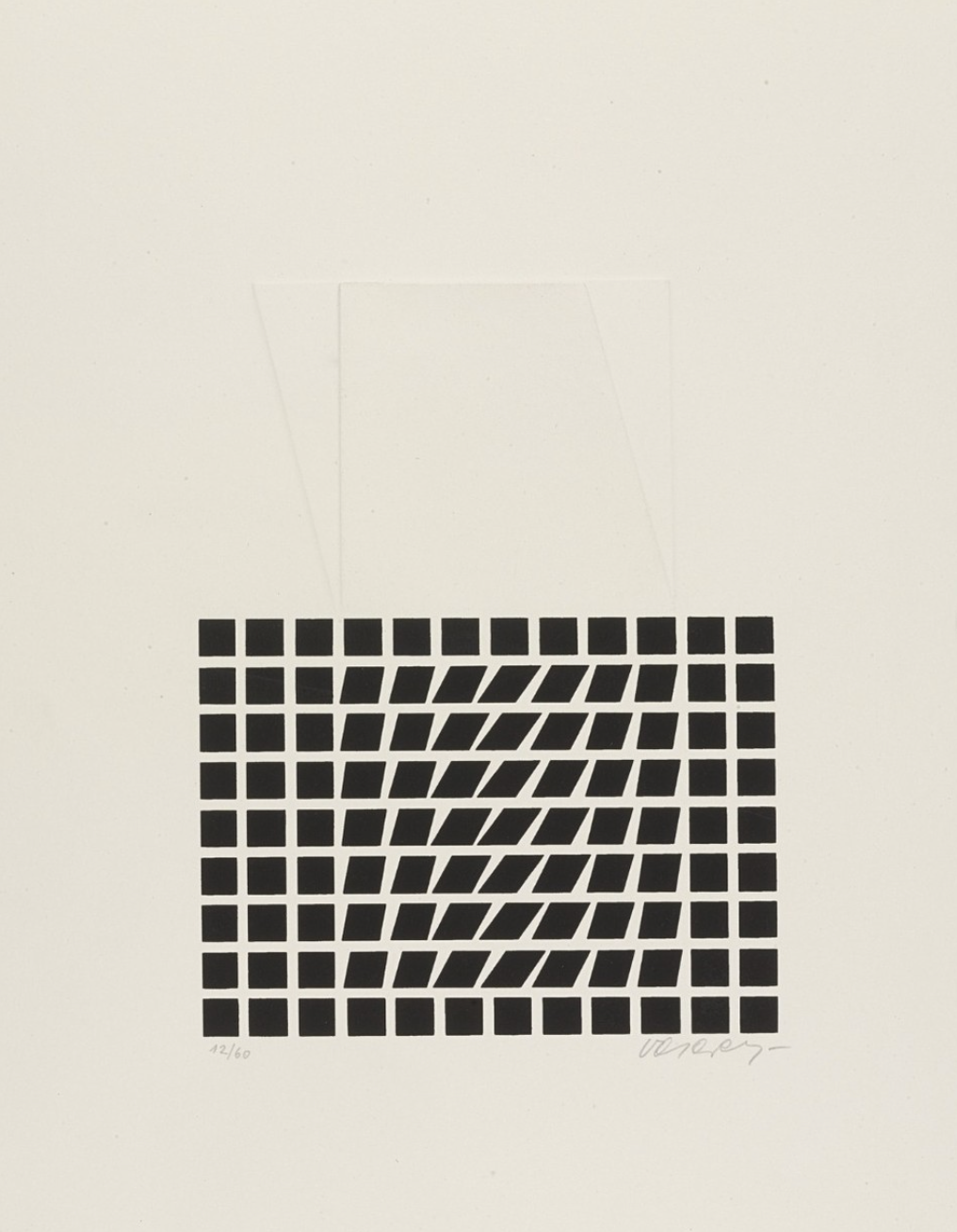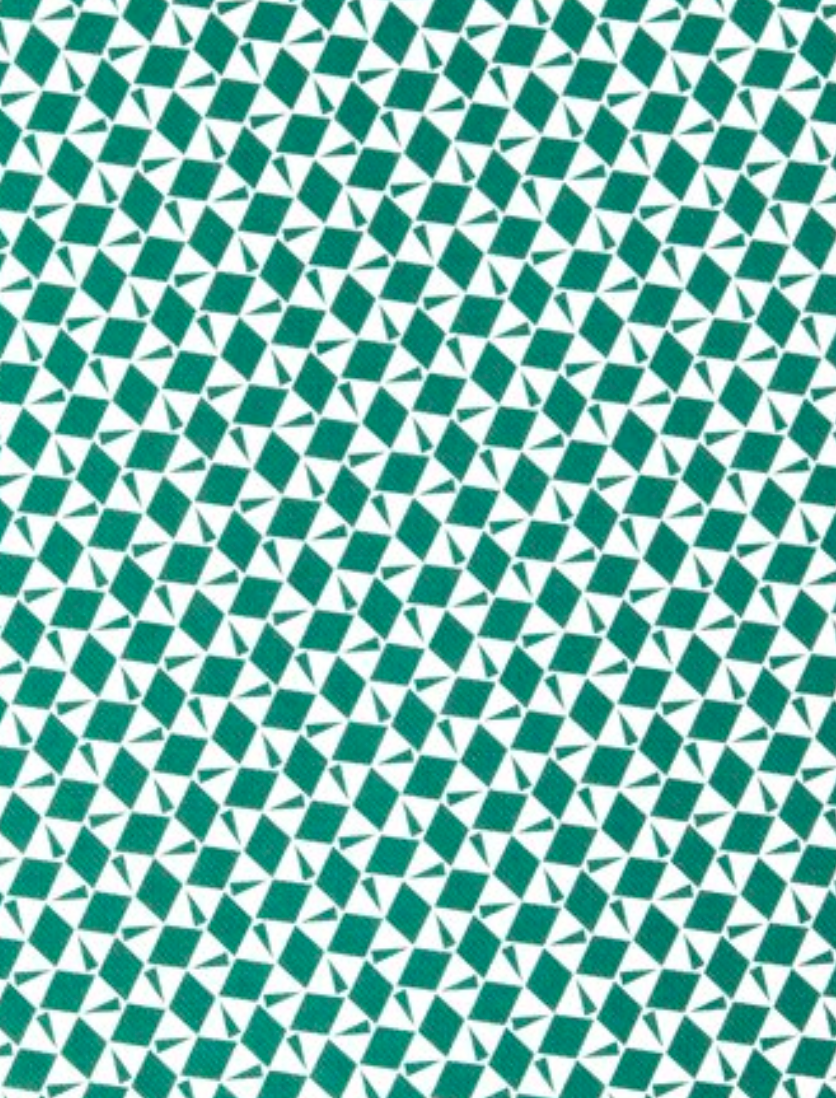Fathers of Modern Art
To celebrate Father’s Day this year we’re highlighting some of the key male influences behind three of the signature prints from our core collection.
Sol LeWitt
Sol LeWitt, Wall Drawing #136, 1972. Courtesy of CRSA
Sol LeWitt was one of the most influential artists of the twentieth century and a key figure in minimalism and conceptualism. After serving in the United States Army in Korea, he moved to New York in the early 1950s, and took classes in illustration. In the 1960s LeWitt began creating two- and three-dimensional works using the cube and later in complex structures of circles and arcs.
For his site-specific work, LeWitt used pencil to create wall drawings in dozens of countries―he then hired young artists to paint the pieces in colour. Though typically enormous and intricate, the physical works held no value. The worth was in the pieces of paper that certified and described them. LeWitt championed and financially supported colleagues, including women artists brushed aside by the bullies of a male-dominated profession.
Read more about Sol LeWitt here.
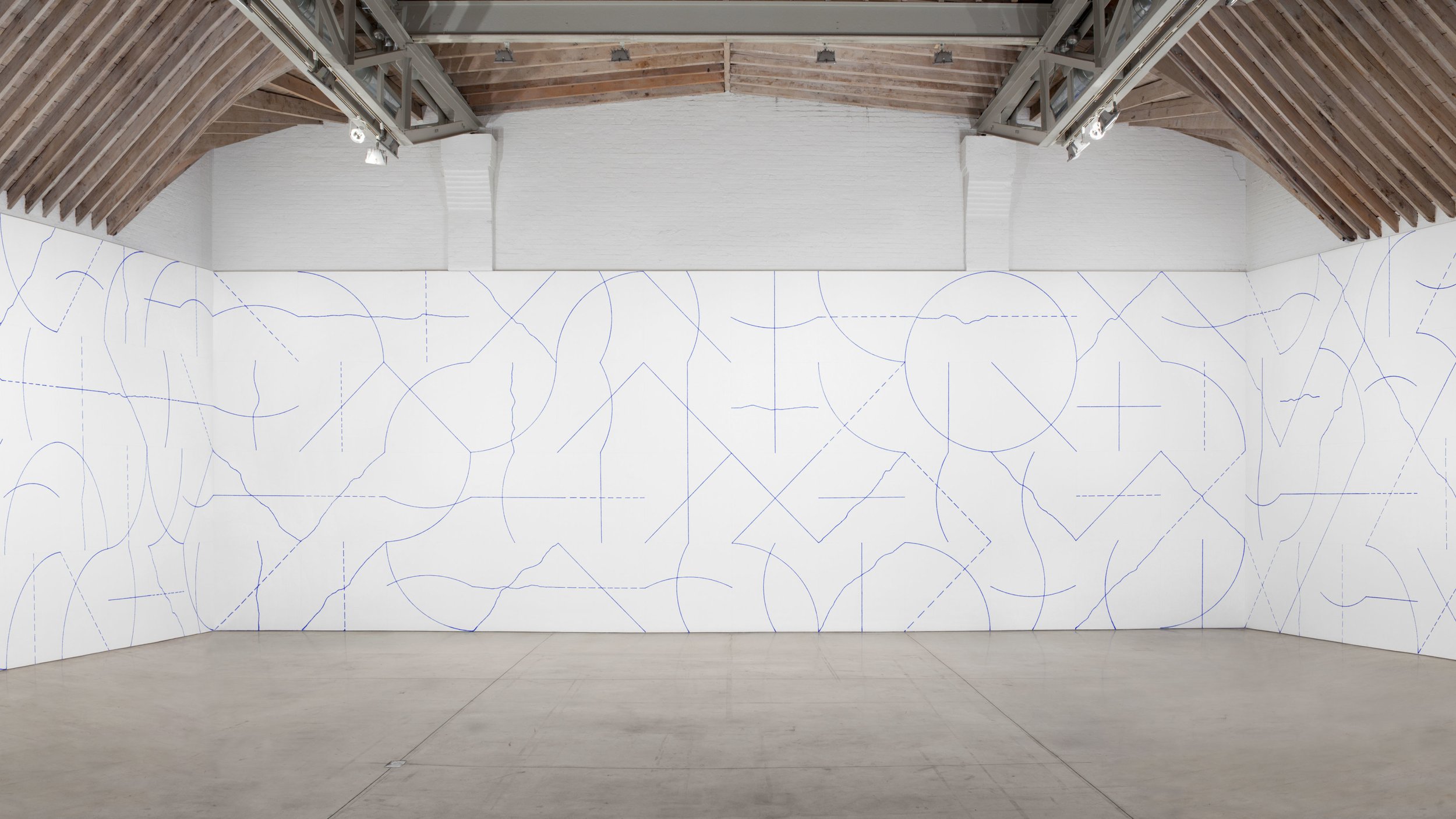
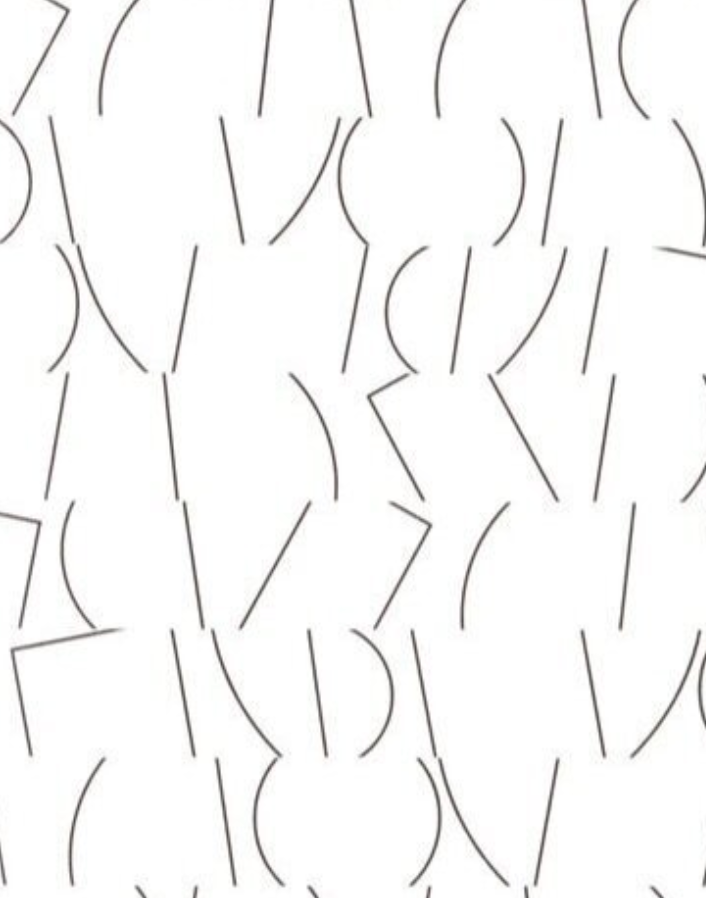
2. Kaffe Fassett
The work of textile artist Kaffe Fassett was the inspiration behind our signature Kaffe print. Born in San Francisco in 1937, Kaffe won a scholarship to study at The Boston Museum of Fine Arts School when he was nineteen, he left after three months to paint in London.
After settling in England in 1964, his passion for colour led him to knitting and designing knitwear for Missoni and Bill Gibb amongst others, and his hand-knitted garments are now in museum collections all over the world.
After visiting a Scottish wool mill with fashion designer Bill Gibb, Fassett was inspired by the colours in the landscape and wanted to find yarns to match. He bought 20 colours of Shetland wool and some knitting needles, and on the train back to London, a fellow passenger taught him how to knit.
His first design appeared as a full spread in Vogue Knitting magazine. He later took up needlepoint and patchwork to create the geometric quilt designs that were the inspiration behind our Kaffe print.
Read more about Kaffe Fassett here.
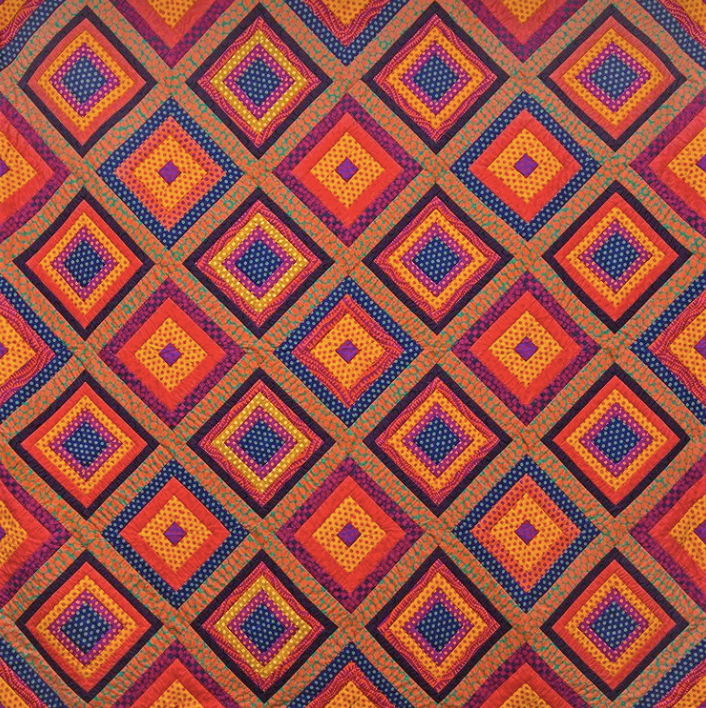
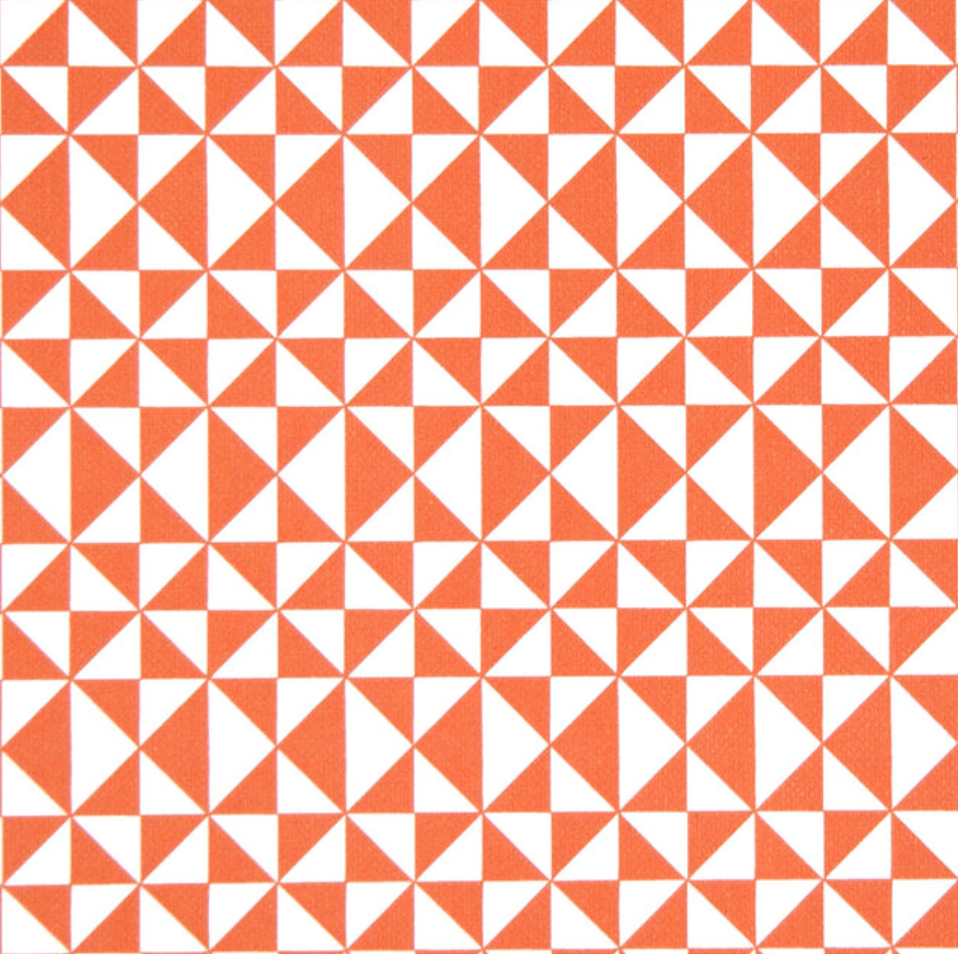
3. Victor Vasarely
Our signature Victor print is inspired by the work of Hungarian artist Victor Vasarely. He is often described as the ‘Grandfather’ of the Op Art Movement and his pioneering geometric designs and hypnotising optical illusions have come to represent his generation.
In 1947 Victor Vasarely started to take his holidays in Brittany’s Belle-Isle and found inspiration in his walks along the beaches.
“The pebbles, the seashells on the beach, the whirlpools, the hovering mist, the sunshine, the sky… in the rocks, in the pieces of broken bottles, polished by the rhythmic coming and going of the waves, I am certain to recognize the internal geometry of nature.”
During this time, Vasarely began to create abstract works composed entirely of geometric shapes. Although talented in drawing, he originally enrolled at the University of Budapest in 1925 to study medicine, dropping out two years later to pursue art.
He joined the private Műhely School, known as the 'Bauhaus of Budapest', where he studied graphic design. In 1930, he moved to Paris, eventually finding work in advertising to support his family, and his reputation grew as a respected designer - David Bowie even hired him to create the cover art for his album Space Oddity.
See more of Victor Vasarely's work here.
